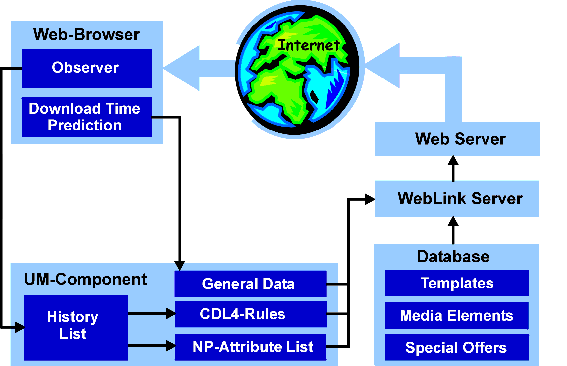







Figure 2 shows the architecture of the TELLIM system.

All interactions are registered in a component on the client-side (Observer). This component is realized as a JavaApplet which is sent to the customer's browser at the beginning of a session. It collects the observed interactions and then evaluates the presentation elements. Using the Common Gateway Interface (CGI), these evaluations are written in a central history list which is stored in a user modeling component on the server-side. This process is repeated for every product presentation.
The information of the history list provides the example data for two learning algorithms, i.e. the decision list learner CDL4 and an algorithm that compares the relationship between positive and negative evaluated content attributes (NP-Attributelist).
At the beginning of a session the system estimates the quality of the customer's connection to the Internet (Download-Time Estimation) with test signals. The results are stored in the user modeling component. Depending on this prediction the system chooses the background of the presentation and initializes the decision list.
The documents are generated at runtime by using dynamic templates. This means that for every product category, there exists a template that provides different presentation alternatives with help of "if-then-else" constructs. At runtime the system asks the learning algorithms for a statement concerning every possible presentation element. The algorithm decides with its current list of rules if the customer may be interested in the element or not. Therefore the system integrates the elements in a presentation which are preferred by the customer, and adds other elements only as links.
In addition the system chooses a special offer depending on the statements of the NP-Attributelist. The templates are interpreted in the WebLink Server that in a next step gives the documents via the Web Server to the Client.